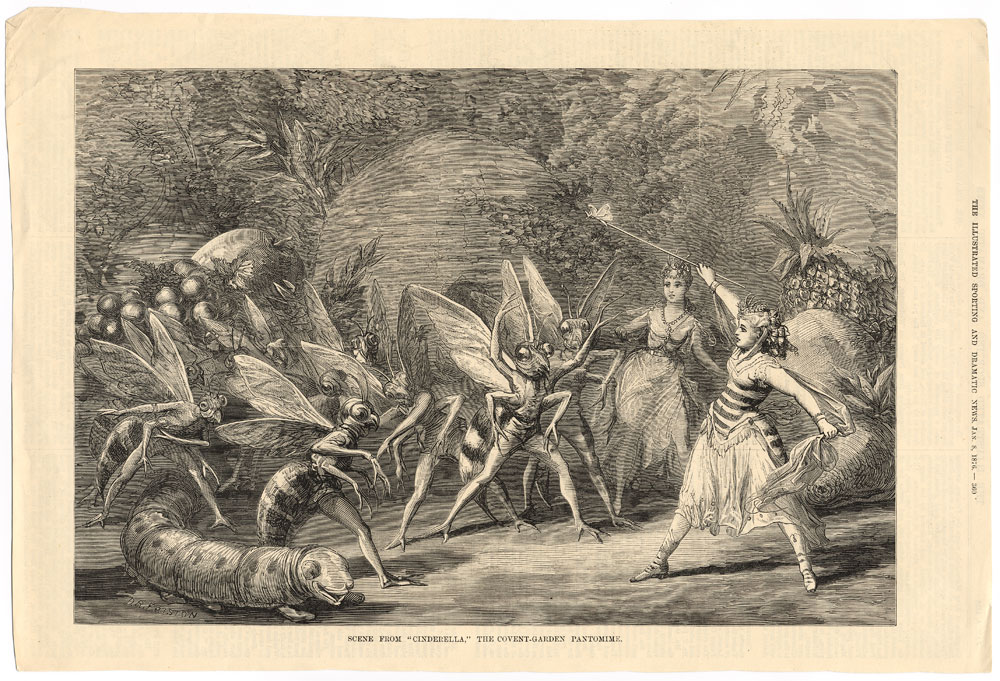Spectacle in the Victorian Theatre September 14, 2013
Author: Beach Combing | in : Modern , trackbackThe Victorians had a wonderfully superficial streak, which somehow went beyond mere materialism and teetered on the sublime. There are few times where this comes out more than in their theatre spectaculars where content was sacrificed ruthlessly to effect and appearance. You want to put on Anthony and Cleopatra? Great, gut about seven of the scenes, any ‘unnecessary’ lines and then spend three weeks in the British Museum sketching out the outfits of the slave women; send out an agent to Egypt to get the correct colour for the sky; and do your very best to procure the correct kind of asp. This obsession with detail came out in the special effects on stage. In 1882, Pluck had two train wrecks, a mob smashing up a bank including the ‘real’ glass, a burning building and, best of all, a snow storm in Piccadilly Circus. Or consider this extraordinary description of the climactic flood in the Floodtide (1903)
I shall never forget that first night, when the flood commenced. Tons of rice and spangles poured from the side to indicate the bursting of the dam. Children floated by, clinging to barrels and floating trees, screaming and yelling, especially as some of them got frightened and tipping sideways fell down the trap, to be caught by the men underneath. Then the boat-house, with myself hanging outside from the roof, commenced to wobble, and then the whole structure toppled over, and a huge floating tree – with a well-concealed mattress – passed by, and Somerset and myself jumped on to it…
Sounds as if it was fortunate that no one actually died: can you imagine drowning in rice?
There were two unfortunate consequences of this obsession with effect. First, many of these ‘detials’ took so much work that often it would take several minutes to get to the next scene with the curtain down. Then, there was also the problem that directors concentrated so much polishing the armour of their Roman soldiers, say, that they forgot to teach them to act. The Times in 1902 gave a damning critique of one play that wowed with its effects but that disgusted in terms of script and recital: ‘the best plan would really be to dispense with dialogue altogether, and to give it as a series of tableaux vivants with a little dumb-show action in between.’ (Booth, Victorian ST 60-92) Any other really spectacular theatre effects, nineteenth-century or otherwise? drbeachcombing AT yahoo DOT com
19 September 2013: The Count writes (and this sounds like advice for anyone who shares my fascination: ‘I would just like to say that, if this subject seriously interests you, you could do worse than to read this book: Louis meanwhile articulates something that has been crossing my mind: When I read your blog I was thinking: what a perfect foreshadowing of the summer blockbuster movie! Lots of fights and stunts, and wooden or no acting. Plus ca change, plus c’est le meme chose…. What I find interesting though, is that for some reason all those mechanical contraptions and other stage magical machinery is no longer available, or known, to modern theatre makers. Some of it must be of some use nowadays? It is as if, when the fashion for these spectacles changed, the whole technical expertise was also done away with…. Thanks Count and Louis!



